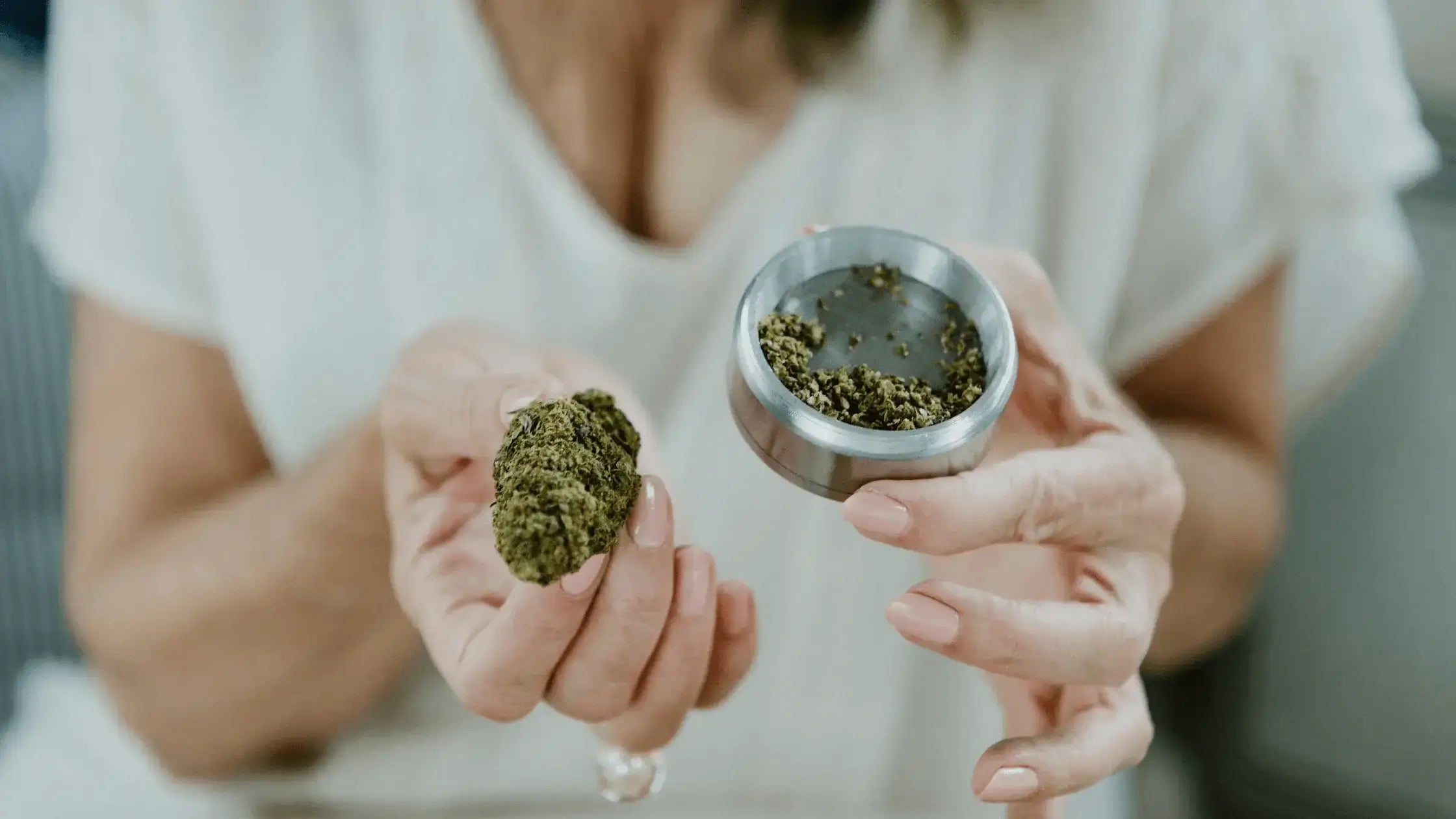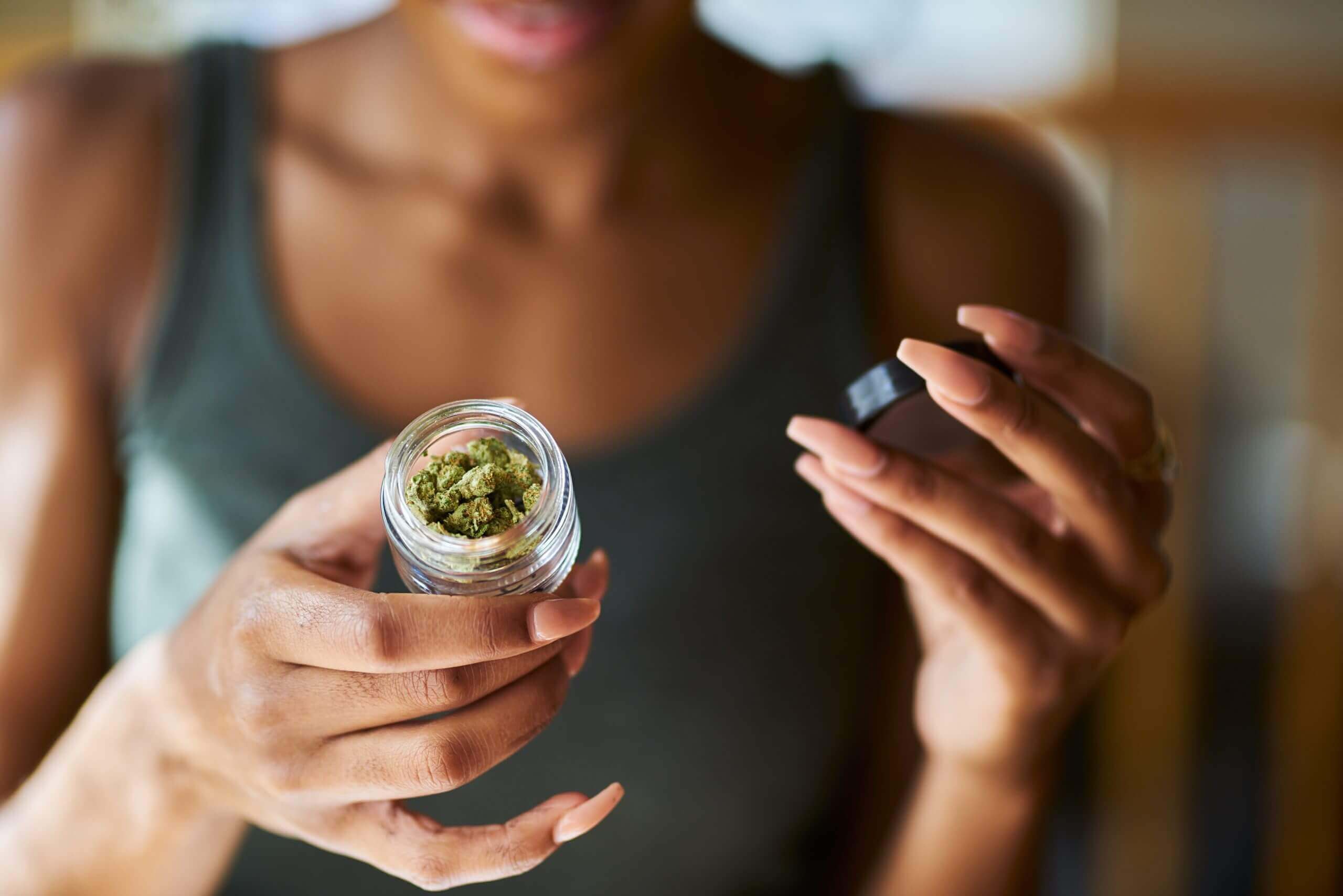To say cannabis is an “old plant” is quite an understatement. Indeed, according to many academics, cannabis may have been the world’s first cultivated crop.
Despite this lengthy history, historians still don’t know the full story behind marijuana’s evolution. Indeed, since cannabis was demonized for most of the 20th century, researchers have had great difficulty studying this plant objectively. Thankfully, now that marijuana laws are easing, it’s becoming easier for scientists to trace the complex history of cannabis strains.
Although the field of marijuana history is too complicated for one blog post, we thought it’d be fun to run through a mini “cannabis crash course.” Hopefully, by better understanding this plant’s past, we can chart a course towards a positive future.
Where Was Ganja First Grown? – The Earliest Evidence Of Cannabis Cultivation
Thanks to groundbreaking work from the University of Kansas, most historians now believe cannabis is native to Central Asia. Specifically, it appears today’s cannabis strains could trace their “roots” to modern-day Mongolia and Siberia.
As for how long cannabis has been around, scientists say it could’ve been cultivated at least 12,000 years ago. However, recent research in the field of cannabis edibles suggests early humans may have been munching on marijuana 50,000 years ago. Interestingly, there’s even a theory that early cannabis consumption coincided with the origins of art, language, and spirituality…but that might just be “high hopes.”
So, what were these early people doing with all of this cannabis? Smoking it, of course! It appears many tribes discovered this plant’s psychoactive property early on. This is especially the case in Ancient China.
Researchers say the first documented evidence of “medical marijuana” was found in an Ancient Chinese text dating to the 15th century BC. However, the Chinese were probably using marijuana long before then. For instance, Taiwanese archeologists recently discovered primitive smoking tools dating back some 10,000 years. There’s also evidence from the University of Chinese Academy of Sciences that the Chinese used cannabis in religious festivities at least 2,500 years ago.
Beyond its psychotropic properties, cannabis also played a significant role in many early industries. Indeed, hemp strains were particularly well-known for their fibrous stalks, which were used to make early ropes, paper, and clothing. There are also reports of people using hempseeds as food.
How Did Cannabis Seeds Spread So Far?
Now that you know where cannabis originated, you’re probably wondering how it spread around the world. Although many factors influenced cannabis’s spread, it appears the trade along the famed Silk Road was crucial for bringing this plant to other nations.
According to the latest data, cannabis began to spread outwards into India, Southeast Asia, and the Middle East around 2000 BC. New studies out of Berlin suggest cannabis was viewed as a “cash crop” along these transcontinental trading routes. As various tribes learned about the physical and industrial benefits of cannabis, more people planted the seeds.
While the Chinese helped spread cannabis into Korea and Japan, new studies suggest that the Scythians deserve a ton of credit for spreading cannabis worldwide. Reports from Herodotus leave no doubt the Scythians loved to use cannabis in ritual ceremonies. Since this Indo-European tribe was nomadic, they helped bring cannabis seeds into far-flung areas like Russia and Iran.
Even more fascinating, researchers now know that the mighty Vikings had marijuana seeds on their ships. Possibly, the Vikings played a role in bringing cannabis into Northern Europe and the UK.
Different Places, Different Plants – How Environment Influenced Cannabis Strains
As we discuss weed’s fascinating lineage, it’s essential to remember the Cannabis sativa genus has distinct subspecies. Like any other plant, different cannabis strains had to adapt to their unique environmental conditions. Although we’ve been talking about cannabis in general, there are nuanced “sub-histories” within this complex tale.
Today, scientists now recognize three subspecies in the Cannabis sativa family: sativa, indica, and ruderalis. Sativa strains seem to have evolved in hot, sunny climates, while indicas first emerged in mountainous regions like the Hindu Kush. While sativas and indicas have differences in growth patterns, appearance, and typical effects, they are photoperiod plants.
Ruderalis cannabis, however, grew up in chilly countries like Russia. Since there’s not as much light in this part of the world, ruderalis strains evolved to flower within 30 days. Modern-day cultivators often cross ruderalis with sativas or indicas to speed up flowering time.
While the “original” cannabis strains are long gone, there are a few purebred indicas and sativas on the market. Here are the five landrace strains that are often considered the oldest cultivars on earth:
- Thai
- Afghani
- Hindu Kush
- Nepalese
- Aceh
From High THC To Hemp CBD – Emerging Trends In Contemporary Cannabis History
Since cannabis cultivation was forced “underground” during the 20th century, it’s difficult for modern historians to separate MJ mythos from the truth. However, there’s no doubt that 20th-century breeders in Europe and North America were very interested in hybridization.
Cultivators during this period feverishly crossbred strains primarily to intensify THC content. A few of the “hybrid families” to emerge during this period include Haze, Skunk, and Kush.
Thankfully, the story of cannabis in the 21st century is off to a more positive start. Although marijuana isn’t federally legal in the USA, many states now allow recreational or medical weed. Also, countries like Canada and Uruguay now let their citizens use recreational cannabis.
Interestingly, now that cannabis is easier for people to obtain, there’s an increased interest in low-THC strains, non-psychoactive cannabinoids, and “micro-dosing.” It appears that patients who use marijuana want to experience this plant’s benefits without tarnishing their productivity.
These factors could help explain the recent interest in creating high-CBD hemp hybrids. The “micro-dosing” fad also makes sense of the recent explosion in the cannabis edibles market.
tCheck Ensures Your Cannabis Edibles Are Perfectly Dosed
No question: we are living through a pivotal period in the history of cannabis. After a century of persecution, cannabis is finally moving from the black market to Main Street. To make this transition as smooth as possible, accurate lab tests will be necessary to establish consumer confidence. Patients and recreational users need to know their ganja goodies are as pure as humanly possible.
Thankfully, there’s now an easy and affordable way for people to scan their buds, edibles, and infusions: buy a tCheck kit! tCheck now offers high-quality cannabis potency testers that can be used in the comforts of your home. With one of our easy-to-use systems, you could quickly get an accurate read on the cannabinoids in your cannabis.
For more information on our testing technology, please reach out to our team on this link.






